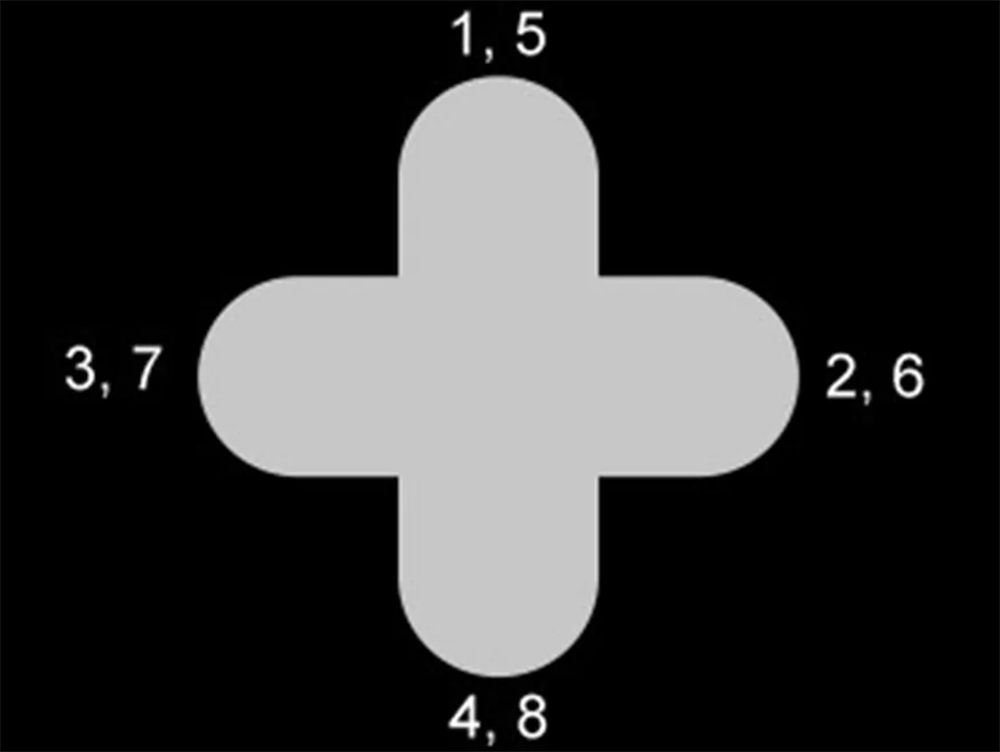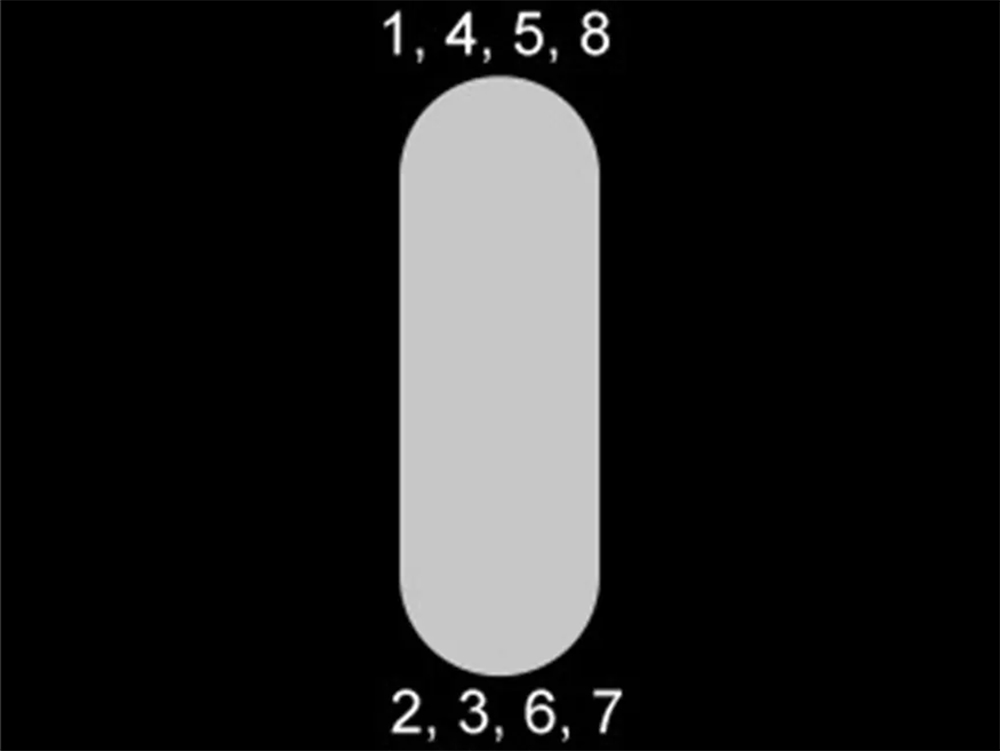C8.R Corvette Flat-plane Engine Sounds Absolutely Nuts
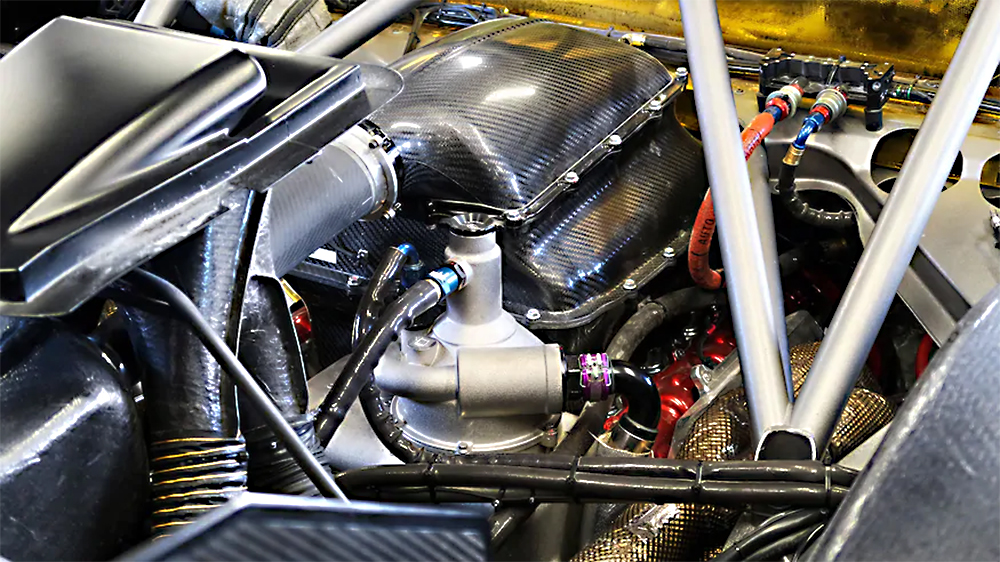
Hot Rod captures the C8.R flat-plane crank V8s fearsome scream but what makes it sound so different?
While most people are focusing on the stark departure from Corvette tradition that is the mid-engine platform, there’s an equally drastic technology shift in the C8.R Corvette GTLM cars. If you have seen any clips of the C8.R on track, you’ve likely noticed it doesn’t quite sound like any other Corvette. This is because it has a flat-plane crankshaft dual-overhead-cam V8. Some Corvette purists are upset that Chevy is stepping away from the pushrod V8, though, the 2020 model year Corvettes due indeed still contain pushrod V8s. However, if rumors are to be believed, the alleged hybrid-assisted ZR1 will come with a flat-plane V8. We certainly aren’t mad at that!
In a recent Hot Rod article, they outline what exactly is different about the 5.5-liter lump found in the Corvette race car, and what causes it to sound so different. Additionally, their article features a couple of clips of this amazing sounding engine.
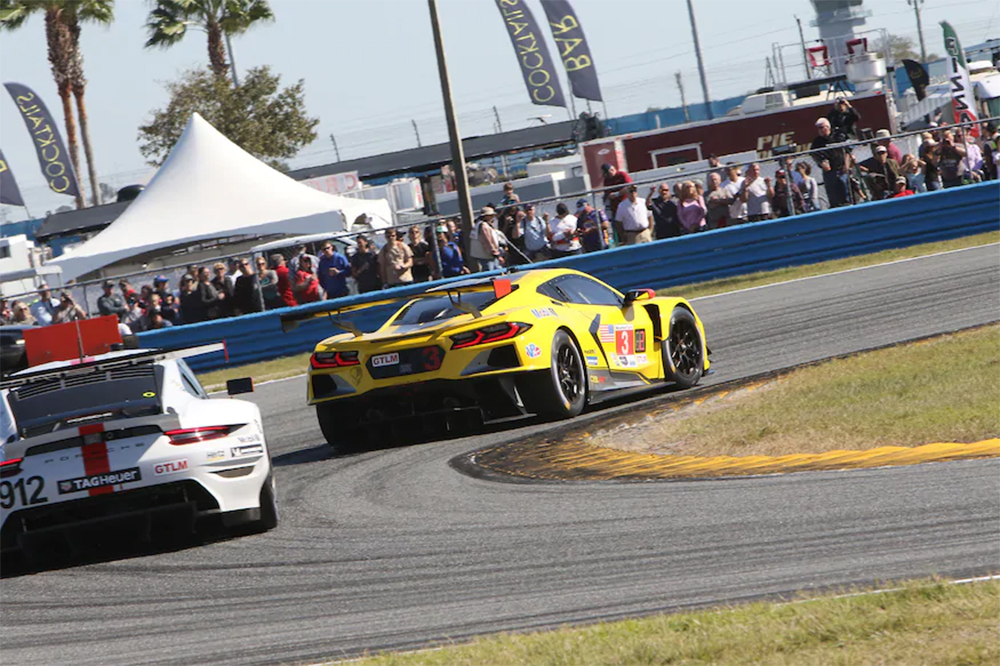
To understand the cause of the different sounds, it takes a bit of understanding of the differences between a flat and cross-plane crankshaft. A cross-plane crankshaft is what you find in an LS or similar pushrod engine. While typically, you find flat-plane V8s in Ferraris, McLarens, and even the new Shelby Mustangs.
So what’s the difference?
Cross-plane vs. Flat-plane
A cross-plane crankshaft, when viewed from the front, looks like a cross. Go figure, right? The rod journals are evenly distributed along the crankshaft 90 degrees from each other. Meaning, every 90 degrees that the crankshaft turns, and cylinder fires. The constant firing of cylinders allows for exceptionally smooth operation and great low-end torque. However, due to their need for counterweights causing extra rotational mass relative to a flat-plane crankshaft, their rev limit is a lot lower in most configurations. That’s not to say that there aren’t high-revving pushrod V8s out there, because there certainly is. However, it takes a substantial amount of effort (and money) to make that happen.
On the opposite hand, a flat-plane crankshaft has the journals distributed 180 degrees from each other, which means that a cylinder fires every 180 degrees rather than 90. So, a flat-plane crankshaft engine tends not to run as smoothly. However, with the lack of counterweights and lesser rotational mass, a flat-plane engine loves to rev up high and very quickly at that. Generally speaking, flat-plane engines come in smaller packages, too.
Ultimately, the difference in sound comes down to different firing orders and ignition timing due to flat-plane engines constantly alternating between cylinder banks. With a cross-plane engine firing nearly constantly, you get the iconic low rumble we have all come to know and love. With the flat-plane, you get a higher pitch sound you’d be more familiar with coming out of high-end European sports cars.
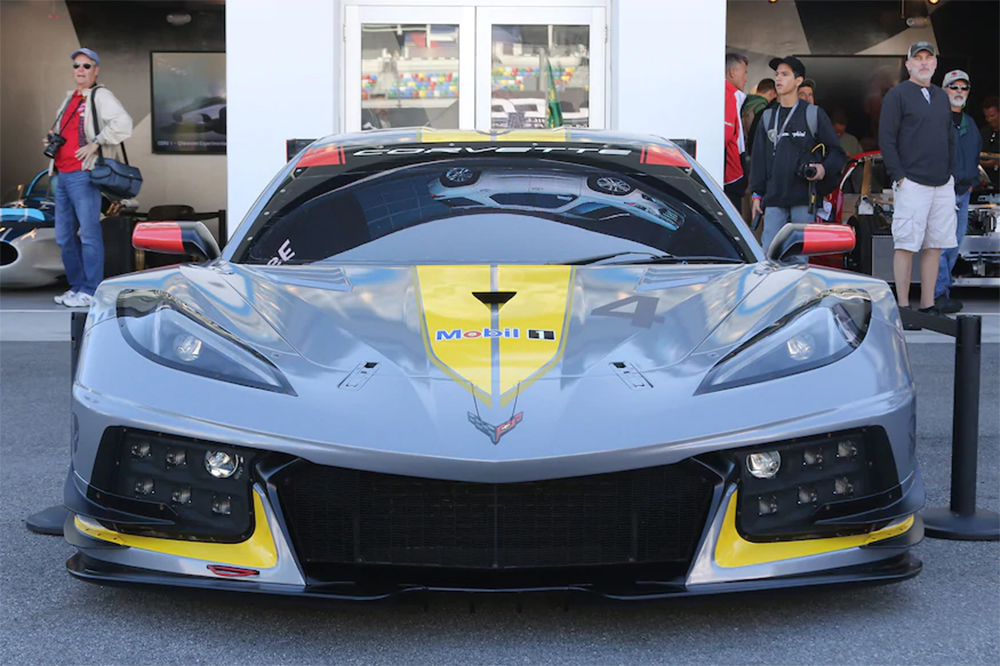
End of an era?
While we do love the sound of the new C8.R, we have to admit it’s a bit sad not to hear the roaring pushrod V8s of the C7.R coming down the track. Since the Corvette’s release, it has come with the iconic rumble of a cross-plane cam-in-block V8. The flat-plane engine is just much more advantageous for racing purposes. For what it’s worth, the C8.Rs made their racing debut at the Rolex 24 Hours of Daytona recently and placed fourth and seventh overall in the GTLM class. Not too shabby of a start.
As Hotrod mentions, to maintain homologation, Chevy must have 300 production cars running a similar setup. That, combined with the ZR1 rumors, makes us feel that the chances of us seeing a flat-plane DOHC engine in Z06 and ZR1 variants of the C8 is a likely scenario. For now, though, the standard C8 will ring true to its pushrod heritage.
Photos: Hot Rod

